
- Company
- Services
- UI/UX Design Services
- Microsoft Dynamics 365
- Mobile App Development
- AI Software Development
- Web App Development
- Generative AI Development
- Digital Product Development
- Enterprise Mobility
- SaaS Application Development
- Application Integration
- White-label WP Maintenance
- ERP Software Solutions
- Software Testing
- Offshore Development Center
- Let’s Connect
- Trending
- Technology
- Industry
- Build Your Team
- Our Work
- Company
- Services
- UI/UX Design Services
- Microsoft Dynamics 365
- Mobile App Development
- AI Software Development
- Web App Development
- Generative AI Development
- Digital Product Development
- Enterprise Mobility
- SaaS Application Development
- Application Integration
- White-label WP Maintenance
- ERP Software Solutions
- Software Testing
- Offshore Development Center
- Let’s Connect
- Trending
- Technology
- Industry
- Build Your Team
- Our Work
We use cookies and similar technologies that are necessary to operate the website. Additional cookies are used to perform analysis of website usage. please read our Privacy Policy
Top Mobile App Development Trends Set to Dominate in 2024
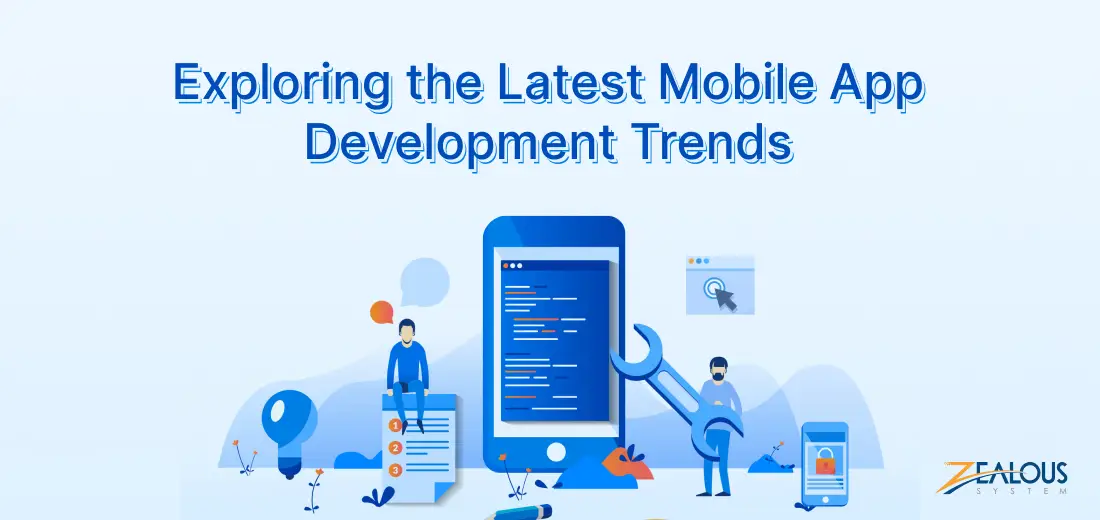
The mobile app development industry is constantly evolving, with new trends emerging all the time. As we approach 2024, there are a number of trends that are expected to dominate the industry. These mobile app development trends are being driven by a number of factors, including the increasing popularity of smartphones, the growing adoption of 5G, and the continued development of AI and ML.
The mobile app development industry is poised for sustained growth in the coming years, with the global app market anticipated to register a compound annual growth rate (CAGR) of 8.58% from 2022 to 2027. This translates into a projected market volume of US$755.50bn by 2027, highlighting the immense potential and opportunities within this dynamic domain.
These mobile application trends are also expected to have a major impact on the mobile app development industry. Developers who are able to adopt these trends will be well-positioned for success in the years to come.
Several key mobile app development trends are fueling this growth trajectory. These trends are shaping the way mobile apps are designed, developed, and utilized, driving innovation and enhancing user experiences. Let’s delve into some of the prominent mobile app development trends that are set to dominate the market in the near future.
Source: Statista
Here are The Latest Mobile Application Development Trends for the 2024
Imagine artificial intelligence and machine learning transforming how we interact with apps, while the lightning-speed power of 5G technology connects us in ways we’ve never seen before. There are a bunch of app development trends out there that will amaze you. Let’s crack them one by one:
1. 5G-Optimized Apps
5G-optimized apps are designed to take advantage of the unique capabilities of 5G networks, such as high speed, low latency, and massive connectivity. These apps can offer users new and improved experiences.
5G networks can deliver data speeds up to 100 times faster than 4G LTE, so users can stream high-definition video and download large files in seconds. Their low latency makes it possible for real-time, multiplayer gaming with no lag or glitches. 5G can also deliver higher-quality graphics and more realistic physics simulations.
5G is still in its early stages of development, but it has the potential to enable a wide range of new and innovative applications. For example, 5G could be used to develop self-driving cars, smart cities, and remote surgery robots.
Here are some examples of 5G-optimized apps that are commercially well-known:
- Netflix offers a special 5G streaming mode that delivers the highest possible quality video without buffering.
- Fortnite has been optimized for 5G, with reduced latency and improved graphics.
- Google Maps now uses 5G to deliver faster and more accurate directions.
- Pokemon GO has been updated to take advantage of 5G’s low latency, making it easier to catch Pokemon and battle other players.
- Snapchat has introduced new Lenses and AR experiences that are powered by 5G.
2. On Demand Apps
On-demand apps are mobile applications that allow users to request and receive a product or service on demand. These apps have become increasingly popular in recent years, as they offer a convenient and affordable way to access a wide range of goods and services.
On-demand apps have a number of benefits for both users and businesses. For users, on-demand apps offer a convenient and affordable way to access a wide range of goods and services. Users can also typically compare prices and read reviews from other users before making a purchase.
Some of the most popular categories that On-demand has dived into are:
- Transportation: Apps like Uber and Lyft allow users to request a ride from a nearby driver.
- Food delivery: Apps like DoorDash and Grubhub allow users to order food from local restaurants and have it delivered to their door.
- Grocery delivery: Apps like Instacart and Shipt allow users to order groceries from local supermarkets and have them delivered to their home.
- Laundry and dry cleaning: Apps like Washio and Rinse allow users to schedule laundry and dry cleaning services to be picked up and delivered.
- Beauty and wellness: Apps like Zeel and Soothe allow users to book appointments for in-home massages, haircuts, and other beauty services.
- Home services: Apps like TaskRabbit and Handy allow users to book appointments for a variety of home services, such as cleaning, plumbing, and electrical work.
3. Cloud Computing Integration
Cloud computing integration is one of the most important mobile app development trends and it will go even further too. Some specific examples are:
- eCommerce apps
- Social media apps
- Gaming apps
Cloud computing integration is a mobile app development trend because it offers many benefits to businesses and developers. By integrating cloud computing into their mobile apps, businesses can save money, scale their apps more easily, be more agile, and improve security.
Some of the examples are:
- Spotify uses cloud computing to stream audio content to its users. This allows Spotify to offer a wide selection of music and podcasts, and to deliver a personalized listening experience to each user.
- Amazon Prime uses cloud computing to power its eCommerce platform. This allows Amazon to offer a wide selection of products, and to deliver them to customers quickly and reliably.
- Uber uses cloud computing to power its ride-hailing app. This allows Uber to match riders with drivers quickly and efficiently, and to track the location of rides in real time.
4. AI and ML Integration
AI and machine learning (ML) integration is a major mobile app development trend in 2024 and beyond. These technologies are transforming the way mobile apps are developed and used, enabling new levels of personalization, intelligence, and automation.
Key ways that AI and ML are being integrated into mobile apps:
- Personalized user experiences: AI and ML can be used to personalize the user experience in a variety of ways. For example, apps can use AI to recommend relevant content, products, or services to users based on their past behavior and interests. AI can also be used to adapt the user interface and features of an app to each user’s individual preferences.
- Context-aware apps: AI and ML can be used to develop context-aware apps that can respond to the user’s environment and needs in real time. For example, a navigation app could use AI to suggest the best route to take based on current traffic conditions and the user’s destination. Or, a shopping app could use AI to recommend products to the user based on their location and past purchases.
- Automated tasks: AI and ML can be used to automate many of the tasks that users perform on their mobile devices. For example, AI-powered chatbots can provide customer support, answer questions, and complete tasks on behalf of users. AI can also be used to automate tasks such as photo editing, ai video editing, and document creation.
5. Super App Development
There are also some challenges associated with developing a super app. First, super apps can be complex and expensive to develop. Second, super apps need to be able to offer a wide range of services and features in order to be successful. Third, super apps need to be able to attract a large user base in order to be profitable.
Some tips on making a successful super app:
- Make sure your app is easy to use and navigate.
- Start by identifying a specific target market and understanding their needs and preferences.
- Partner with other businesses to offer a wider range of services and features.
- Focus on developing a core set of features that are essential to your target market.
- Invest in marketing and advertising to attract a large user base.
- Continuously update and improve your app with new features and services.
6. Internet of Things (IoT) Integration
The IoT integration trend is expected to continue to grow in the coming years. As more and more devices become connected to the internet, there will be a growing need for mobile apps to manage these devices and provide users with access to the data they collect.
Some examples of IoT-integrated mobile apps include:
- Smart home apps: These apps allow users to control their smart home devices, such as lights, thermostats, and locks.
- Wearable device apps: These apps allow users to track their fitness data, health metrics, and other information collected by their wearable devices.
- Industrial automation apps: These apps allow users to monitor and control industrial processes remotely.
- Smart city apps: These apps provide users with information about their city’s infrastructure and services, such as traffic conditions and public transportation schedules.
7. Voice and Conversational Interfaces
How voice and conversational interfaces are being used in mobile apps today:
- Voice assistants: Voice assistants such as Siri, Alexa, and Google Assistant are now integrated into many mobile apps, allowing users to perform tasks such as sending messages, making calls, and setting alarms using voice app for commands.
- Chatbots: Chatbots are computer programs that can simulate conversation with humans. They are being used in mobile apps to provide customer support, answer user questions, and make recommendations.
- Conversational commerce: Conversational commerce is a new type of eCommerce that allows users to purchase products and services using natural language conversations. This is being done through chatbots and other voice-based interfaces.
Voice and conversational interfaces are still in their early stages of development, but they have the potential to revolutionize the way we interact with our mobile devices.
8. Edge Computing
Edge computing is a distributed computing paradigm that brings computation and data storage closer to the sources of data, i.e., to the edge of the network.
In addition to a number of benefits, edge computing is also becoming more accessible to mobile app developers. A number of cloud providers, such as Amazon Web Services (AWS), Microsoft Azure, and Google Cloud Platform (GCP), now offer edge computing services. This makes it easier for developers to build and deploy edge-enabled mobile apps.
9. Blockchain – Key Mobile App Trend
Why blockchain is a mobile app development trend in 2024:
- Security and transparency: Blockchain is a distributed ledger technology that is inherently secure and transparent. This makes it ideal for mobile apps that handle sensitive data, such as financial transactions or healthcare records.
- Decentralization: Blockchain apps are decentralized, meaning that they are not controlled by any single entity. This makes them more resistant to fraud and censorship.
- Efficiency: Blockchain can help to streamline and automate many business processes, leading to increased efficiency and cost savings.
- New possibilities: Blockchain opens up new possibilities for mobile app development, such as decentralized finance (DeFi), non-fungible tokens (NFTs), and the metaverse.
Examples of how blockchain is being used in mobile app development today:
- Cryptocurrency wallet app: Mobile cryptocurrency wallets allow users to store and manage their digital assets securely.
- Decentralized exchanges (DEXs): DEXs allow users to trade cryptocurrencies without the need for a centralized intermediary.
- NFT marketplaces: NFT marketplaces allow users to buy, sell, and trade NFTs.
- Metaverse apps: Metaverse apps are virtual worlds that are powered by blockchain technology.
- Supply chain management apps: Blockchain can be used to track the movement of goods through a supply chain, ensuring transparency and efficiency.
- Voting apps: Blockchain can be used to create secure and transparent voting apps.
10. Augmented Reality (AR) and Virtual Reality (VR)
The sales of AR and VR devices, such as smartphones, tablets, and headsets, are increasing rapidly. This is making it easier and more affordable for people to experience AR and VR apps. People are increasingly demanding immersive and interactive experiences, both in their personal and professional lives. AR and VR apps can deliver these experiences in a way that traditional media cannot.
AR and VR are already being used in a variety of industries, including gaming, entertainment, education, healthcare, and retail. As these technologies continue to develop, we can expect to see even more innovative and useful AR and VR apps emerge. Major tech companies, such as Apple, Google, and Meta, are investing heavily in AR and VR. This is helping to accelerate the development and adoption of AR and VR apps.
11. Enhanced App Security Measures
There are currently over 6.6 billion mobile devices in use worldwide, and this number is expected to continue to grow in the coming years. This growth in mobile devices and apps has also led to an increase in the number of cyberattacks targeting mobile devices. Cybercriminals are constantly developing new and more sophisticated ways to attack mobile devices and apps. This means that it is more important than ever for app developers to implement robust security measures.
Mobile devices are increasingly being used to store sensitive data, such as financial information, personal health information, and passwords. This data is a valuable target for cybercriminals, and app developers need to take steps to protect it. Mobile users are becoming increasingly aware of the security risks associated with mobile devices and apps. As a result, they are more likely to choose apps that have strong security measures in place.
12. Predictive Analytics
Increasing demand for personalized experiences: Mobile app users expect personalized experiences that are tailored to their individual needs and preferences: Predictive analytics can help developers deliver personalized experiences by analyzing user data and predicting user behavior.
Growing availability of mobile data: The amount of data generated by mobile devices is growing exponentially. This data can be used by predictive analytics models to generate more accurate and insightful predictions.
Advancements in AI and ML: Predictive analytics is powered by artificial intelligence and machine learning algorithms. These algorithms are becoming more sophisticated and powerful, enabling developers to build more sophisticated predictive analytics models.
Widespread adoption of cloud computing: Cloud computing makes it easier and more affordable for developers to access the resources needed to develop and deploy predictive analytics models.
13. Mobile Wallets and Mobile Payments
There are a number of specific trends that are driving the growth of mobile wallets and mobile payments trends in 2024, including:
The rise of eCommerce app: eCommerce is growing rapidly, and mobile wallets are a popular payment method for online shoppers.
The growth of contactless payments: Contactless payments are becoming increasingly popular, as they offer a fast and convenient way to pay for goods and services. Mobile wallets can be used to make contactless payments using NFC technology.
The increasing popularity of mobile devices: Mobile devices are becoming increasingly popular, and this is leading to increased adoption of mobile wallets.
The growth of emerging markets: Mobile wallet adoption is growing rapidly in emerging markets, where they offer a convenient and secure way to make payments.
14. Apps For Foldable Devices
Apps for foldable devices is a mobile app development trend in 2024 for the following reasons:
The foldable device market is growing rapidly. According to a report by Counterpoint Research, the global foldable smartphone market increased 64% YoY in Q1 2023, based on sell-in volume, to reach 2.5 million units. This growth is being driven by a number of factors, including increasing consumer demand, decreasing prices, and the launch of new and innovative foldable devices from major manufacturers.
Foldable devices offer unique opportunities for app developers. The unique form factor of foldable devices allows app developers to create new and innovative user experiences. For example, apps can be designed to take advantage of the larger screen size when the device is unfolded, or to provide different functionalities when the device is folded.
There is a growing demand for apps that are optimized for foldable devices. As more and more people start using foldable devices, they will demand apps that are designed specifically for these devices. This means that app developers have a great opportunity to create new and innovative apps for foldable devices, and to differentiate their apps from the competition.
How Can Zealous Help You Stay Ahead With Mobile App Trends?
Zealous is the mobile application development company you can trust to help you stay ahead of the curve in 2024 and beyond. We have the expertise and experience to help you create mobile apps that are not just functional but trendsetting. Our team of developers and strategists is dedicated to using the latest technologies to create apps that are innovative and engaging.
If you want to create mobile apps that are ahead of the curve, Zealous is the partner for you. We can help you create AI-driven apps, immersive AR experiences, and more with our fantastic domain knowledge and years of expertise.
Conclusion
These mobile app development trends are not only shaping the future of the app market but also driving innovation across various industries. From healthcare to finance, education to retail, mobile apps are transforming how we work, live, and interact with the world around us.
As we move forward, the convergence of these mobile app trends and the emergence of new technologies will continue to propel the mobile app development industry to new heights, fostering a dynamic and ever-evolving ecosystem of mobile applications.
To stay ahead of the curve and capitalize on these emerging trends, businesses need to invest in skilled mobile app developers. Consider to hire mobile app developer with expertise in these areas will enable businesses to create innovative and engaging apps that meet the demands of today’s users.
Read Also:
We are here
Our team is always eager to know what you are looking for. Drop them a Hi!
Pranjal Mehta
Pranjal Mehta is the Managing Director of Zealous System, a leading software solutions provider. Having 10+ years of experience and clientele across the globe, he is always curious to stay ahead in the market by inculcating latest technologies and trends in Zealous.
Table of Contents
×

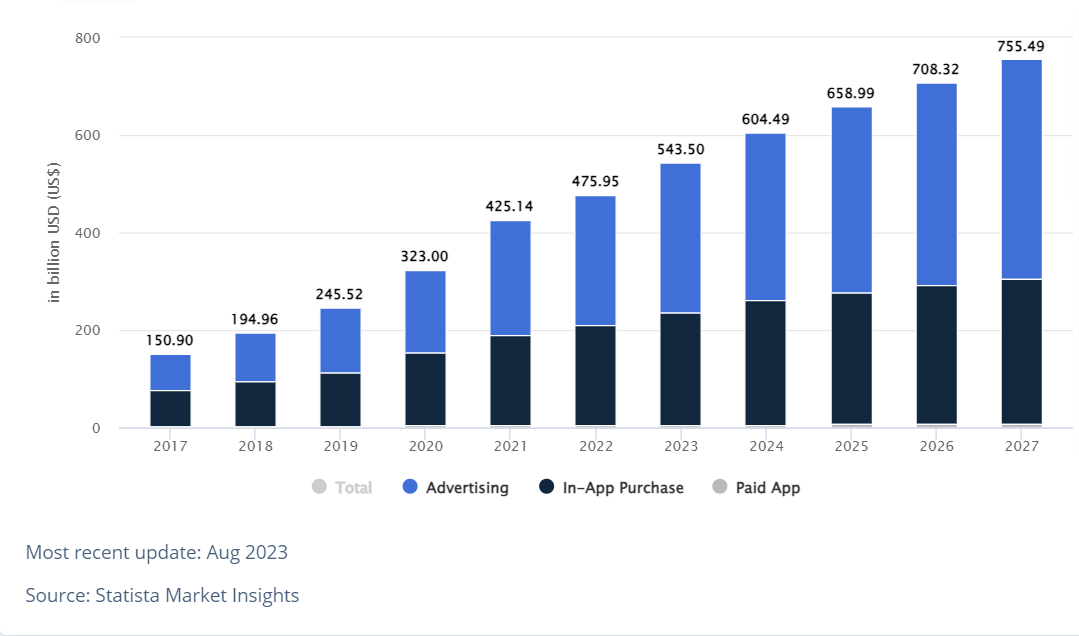
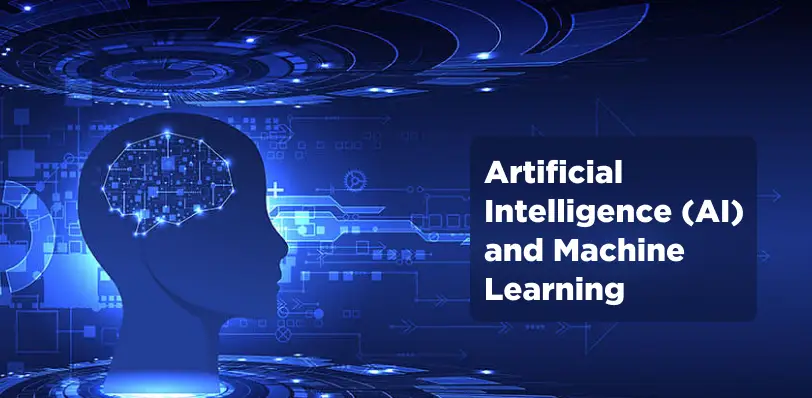
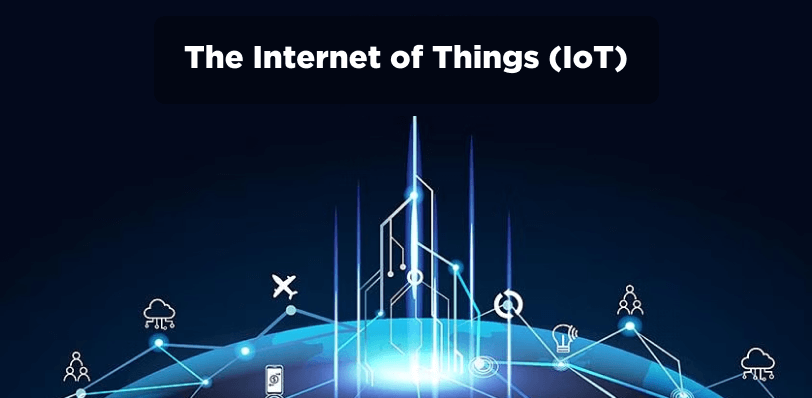
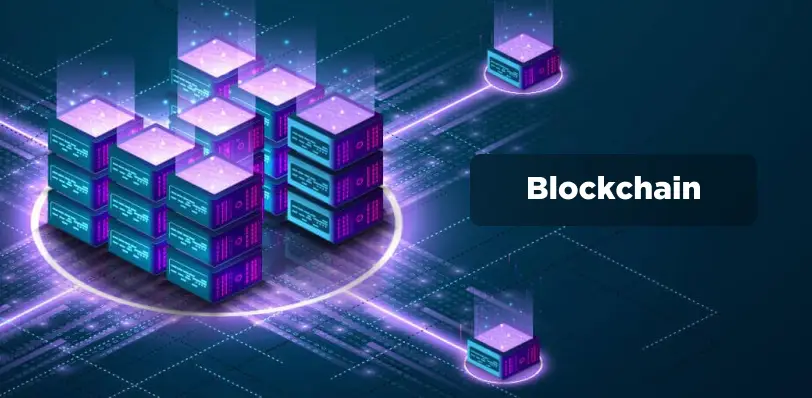
Comments